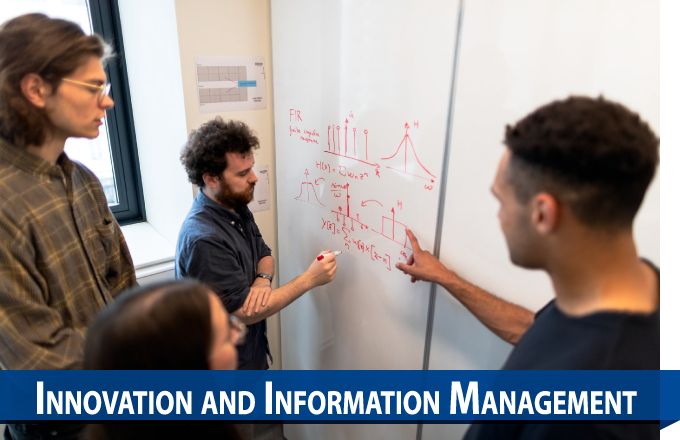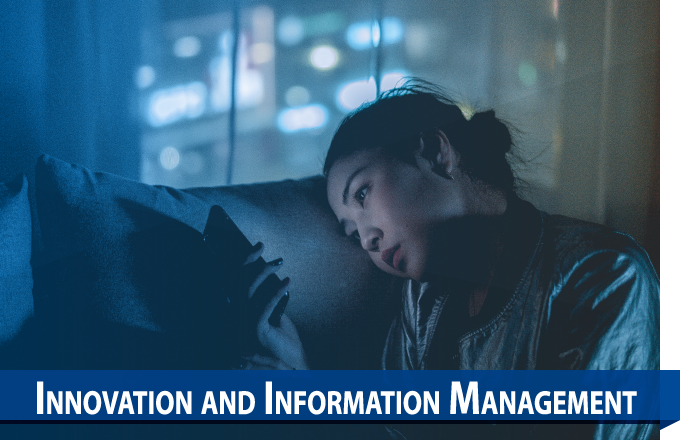We propose a functional censored quantile regression model to describe the time-varying relationship between time-to-event outcomes and corresponding functional covariates. The time-varying effect is modeled as an unspecified function that is approximated via B-splines. A generalized approximate cross-validation method is developed to select the number of knots by minimizing the expected loss. We establish asymptotic properties of the method and the knot selection procedure. Furthermore, we conduct extensive simulation studies to evaluate the finite sample performance of our method. Finally, we analyze the functional relationship between ambulatory blood pressure trajectories and clinical outcome in stroke patients. The results reinforce the importance of the morning blood pressure surge phenomenon, whose effect has caught attention but remains controversial in the medical literature. Supplementary materials for this article are available online.
June 2020
Journal of the American Statistical Association
We show that installing stronger risk management into financial institutions—a proposal widely discussed following the 2008 financial crisis—is insufficient to constrain institutions’ exposure to investment with lurking risk, such as asset-backed securities (ABS). Regulations affect the functioning of risk management: risk management constrains institutions’ exposure to risky ABS when they face mark-to-market reporting combined with capital requirements; however, this role is considerably weaker when capital requirements are combined with historical cost accounting. We find suggestive evidence that financial regulations affect risk management functions through promoting risk managers’ efforts in uncovering ABS risk and curbing executives’ incentives to take excessive risk.
June 2020
The Review of Financial Studies
Efforts to engage customers in cocreating new products have garnered much research attention from studies documenting customer cocreation’s (CC’s) positive impact on firm innovation and performance. Less research, however, has counterbalanced the bright side with the potential dark side of CC, especially as a strategy for multinational corporations (MNCs) operating in foreign markets. This study examines how MNC subsidiaries’ CC affects new product innovativeness and knowledge leakage to competitors. Adopting a broader agency perspective to recognize that subsidiaries often do not perform up to headquarters’ expectations due to both self-serving opportunism and honest incompetence, this study explores how CC effects are contingent on MNCs’ global management mechanisms. Using a dyadic managerial survey of 238 MNC subsidiaries, the authors find that MNCs can control knowledge leakage by implementing proper global integration and local adaptation mechanisms. However, CC may not improve new product innovativeness, except when the subsidiary has low local research-and-development staff influence. This study contributes to the CC literature by showing its benefits, challenges, and boundary conditions as a growing MNC innovation strategy.
June 2020
Journal of International Marketing
Trust is key to relationship marketing. Although trust is bilateral, studies on the dispersion of trust among exchange parties remain limited, leaving the antecedents and outcomes of trust asymmetry largely underexplored. To fill the gaps, this study empirically examines the effects of different types of trust asymmetry on exchange performance and then investigates the institutional origins of trust asymmetry in international interfirm exchanges. Drawing on a survey of 134 international buyer–supplier relationships in China, the study finds that both calculative trust asymmetry and relational trust asymmetry have negative influences on exchange performance. The study also finds that formal institutional distance constrains calculative trust asymmetry and informal institutional distance increases relational trust asymmetry. Moreover, prior interactions and expectations of continuity significantly moderate the effects of formal and informal institutional distance. This study advances trust studies in cross-border settings.
June 2020
Journal of International Marketing
Many people face problems of emotional distress. Early detection of high-risk individuals is the key to prevent suicidal behavior. There is increasing evidence that the Internet and social media provide clues of people’s emotional distress. In particular, some people leave messages showing emotional distress or even suicide notes on the Internet. Identifying emotionally distressed people and examining their posts on the Internet are important steps for health and social work professionals to provide assistance, but the process is very time-consuming and ineffective if conducted manually using standard search engines. Following the design science approach, we present the design of a system called KAREN, which identifies individuals who blog about their emotional distress in the Chinese language, using a combination of machine learning classification and rule-based classification with rules obtained from experts. A controlled experiment and a user study were conducted to evaluate system performance in searching and analyzing blogs written by people who might be emotionally distressed. The results show that the proposed system achieved better classification performance than the benchmark methods and that professionals perceived the system to be more useful and effective for identifying bloggers with emotional distress than benchmark approaches.
June 2020
MIS Quarterly
公司普遍將其服務員工的表現,歸因於其盡心努力或天賦才能。然而,我們尚未清楚兩者如何影響客戶對服務員工的評核和待客成效。此外,過往的研究僅主要分析對自己績效的歸因,對他人績效歸因的影響著墨甚少。借鑒有關熱情–勝任力框架和績效歸因的研究,是次的研究指出,當服務員工表現稱職歸因於努力而非才能時,客戶期望更多以共享為導向而非以交換為導向的關係,因為努力(相對於才能)會令客戶覺得服務員工更為熱情。作者繼而提出,客戶的協助行為是關係期望的下游結果,而努力(相對於才能)更有可能促使客戶的口碑和想法分享行為。研究結果通過將績效歸因確定為關係期望的管理上有意義的前因,豐富了現有文獻,並為營銷人員如何影響客戶對關係的期望和協助行為提供了實用的指引。
May 2020
Journal of Marketing
We investigate the impact of corporate governance on customers' trust using a dynamic model of experience‐goods firm. In the optimal equilibrium, customers' trust in the firm is linked to its behavior in the market for corporate control, so that the controlling shareholder has incentives to ensure high product quality while noncontrolling shareholders' interests are protected. Following a trust‐damaging event, turnover of the controlling share block restores customers' trust and enhances total shareholder value. Our analysis identifies an endogenous cost of corporate control, offers implications for the control premium, and provides a novel rationale for the separation of ownership and control.
May 2020
International Economic Review
How will a chief sustainability officer (CSO) influence corporate social performance? Building upon the upper echelons perspective and the attention‐based view, this study argues that while a CSO helps channel managerial attention to a firm's social domain, managerial attention is more likely to be directed to negative issues than to positive issues. In addition, such relationships are contingent on the focal firm's governance design and its industry culpability. Analysis of a sample of S&P 500 firms for the period of 2005–2014 largely renders support to our predictions.
April 2020
Strategic Management Journal
自2007年首次推出後,綠色債券的市場便於世界各地迅速發展起來。我們這項研究分析了於2007年至2017年期間,來自28個國家的上市公司所發行的綠色債券,是首個關於綠色債券的股票市场反应及實際效果的實驗性研究。團隊整合了一個全面的國際綠色債券資料庫,發現公司發行綠色債券對其股價帶來正面影響。可是,我们沒有發現顯著的綠色債券溢價,這显示公司發行綠色債券期間的正面股價回報並不完全由低融资成本推动。不过,我們發現機構的持股量,尤其是本地機構,將會在發行綠色債券後增加。發行綠色債券也改善股價的流動性。整體而言,我們的研究發現公司發行綠色債券會為股東帶來好處。
April 2020
Journal of Corporate Finance

























